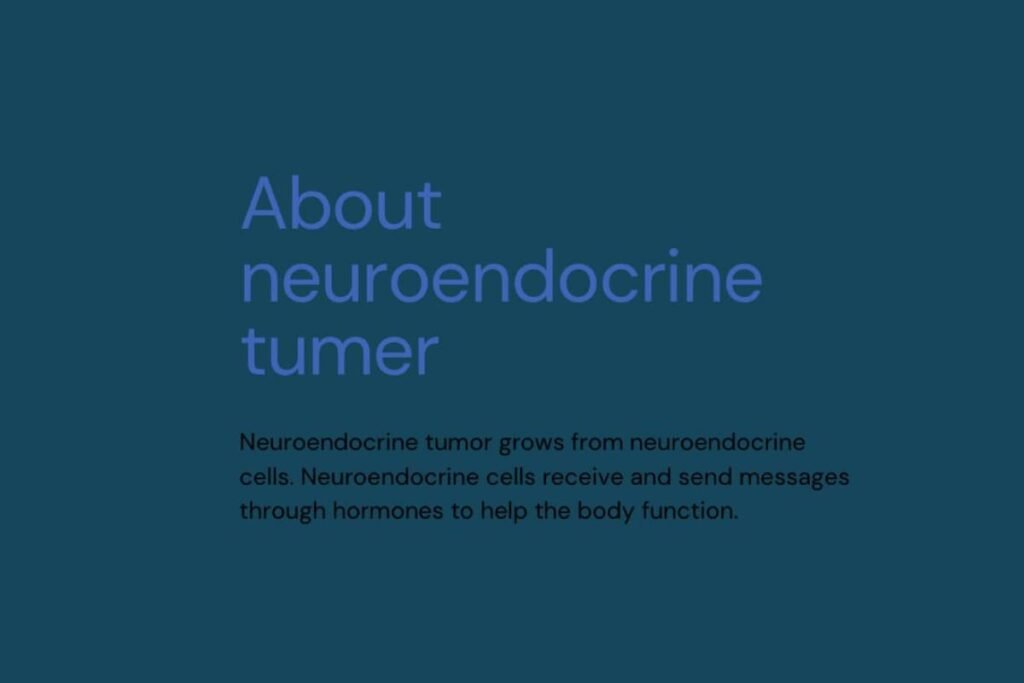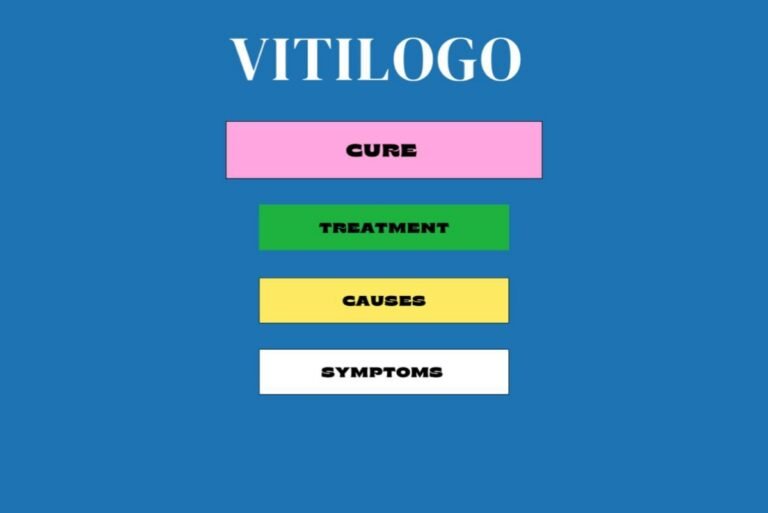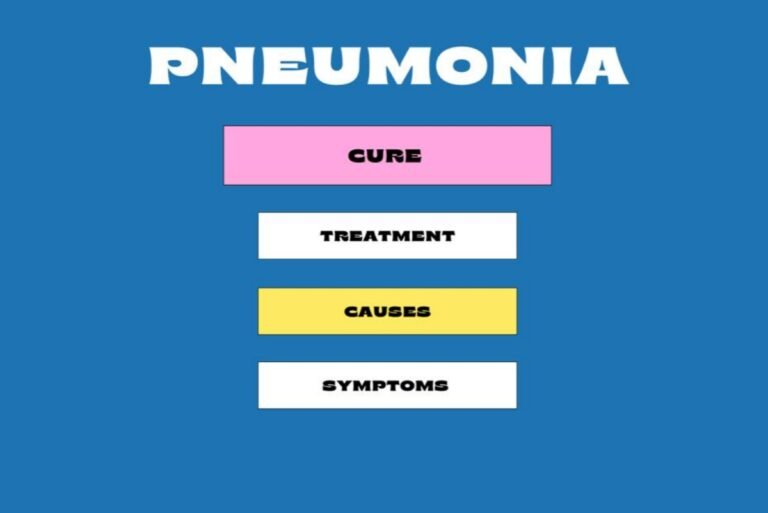Neuroendocrine Tumors: Symptoms, Causes and Treatment
Neuroendocrine Tumors: Symptoms, Causes and Treatment:
Introduction:
Neuroendocrine tumors (NETs) speak to a complex bunch of neoplasms emerging from cells of the endocrine (hormone-producing) and anxious frameworks. These tumors are characterized by their capacity to deliver hormones, which can lead to a wide cluster of clinical appearances. In spite of being generally uncommon, NETs have gathered expanding consideration due to their perplexing science and assorted clinical introductions. In this comprehensive direct, we dive into the complex world of neuroendocrine tumors, investigating their pathogenesis, clinical highlights, demonstrative modalities, treatment alternatives, and later headways in investigate.
Understanding Neuroendocrine Tumors: Pathogenesis and Classification:
Neuroendocrine tumors start from neuroendocrine cells, which are dispersed all through the body, transcendently within the gastrointestinal tract, pancreas, and lungs. These cells have both neuronal and endocrine characteristics, permitting them to synthesize and emit different hormones. The pathogenesis of NETs is multifactorial, including hereditary inclination, natural variables, and atomic changes.
NETs are classified based on their location of beginning, histological features, and hormone generation. The foremost common locales incorporate the gastrointestinal tract (GI-NETs), pancreas (pancreatic NETs or PNETs), and lungs (aspiratory NETs). Also, NETs can be utilitarian, creating hormones that cause clinical disorders, or non-functional, showing with nonspecific side effects due to mass impacts.
Clinical Manifestations and Diagnostic Evaluation:
The clinical introduction of NETs changes broadly depending on their area, measure, hormone generation, and metastatic spread. Utilitarian NETs regularly display side effects related to hormone overabundance, such as flushing, runs, wheezing, and hypoglycemia. Non-functional NETs, on the other hand, may stay asymptomatic until they reach a progressed arrange or cause nearby compressive side effects.
Diagnosing NETs can be challenging due to their nonspecific indications and differing introductions. Intensive clinical history, physical examination, and research facility tests are basic beginning steps within the demonstrative workup. Imaging modalities such as computed tomography (CT), attractive reverberation imaging (MRI), and somatostatin receptor scintigraphy (SRS) play a significant part in localizing essential tumors and recognizing metastatic spread. Moreover, biochemical tests, counting chromogranin A (CgA) and particular hormone tests, help in affirming the conclusion and evaluating illness movement.

Treatment Modalities: From Surgery to Targeted Therapies:
The organization of NETs requires a multidisciplinary approach counting surgical oncologists, restorative oncologists, endocrinologists, radiologists, and nuclear pharmaceutical experts. The treatment strategy depends on a number of components, checking tumor audit, course of action, area of starting, closeness of signs, and calm comorbidities.
Surgery remains the establishment of treatment for localized and respectable NETs. Added up to surgical resection offers the foremost great chance of remedy and long-term survival, particularly in early-stage sickness. Be that because it may, for advanced or metastatic NETs, surgical choices may be confined, and systemic medications have gotten to be the spine of treatment.
In a long time, vital headways have been made inside the headway of centered on medicines for NETs. Somatostatin analogs, such as octreotide and larazotide, have outlined ampleness in controlling hormone-related side impacts and stabilizing tumor improvement by definitive to somatostatin receptors on tumor cells. Peptide receptor radionuclide treatment (PRRT), utilizing radiolabeled somatostatin analogs, has risen as a promising therapeutic elective for patients with inoperable or metastatic NETs.
Emerging Therapeutic Approaches and Future Directions:
The scene of NET treatment is ceaselessly advancing, with progressing investigation centering on novel treatment modalities and atomic targets. Immunotherapy, counting checkpoint inhibitors and peptide immunizations, has appeared preparatory movement in select patients with progressed NETs, highlighting the potential part of immune-based procedures in this malady.
Besides, the approach of accuracy medication and atomic profiling has cleared the way for personalized treatment approaches in NETs. Focused on operators coordinated against atomic pathways, such as mTOR inhibitors and tyrosine kinase inhibitors, are being examined in clinical trials and hold guarantee for making strides results in patients with headstrong illness.
Besides, headways in radiopharmaceuticals and theragnostic offer unused roads for the conclusion and treatment of NETs. Theragnostic approaches, combining demonstrative imaging with focused on radionuclide treatment, permit for exact tumor localization and custom fitted treatment conveyance, subsequently optimizing restorative adequacy whereas minimizing systemic poisonous quality.
Conclusion:
Neuro endocrine tumors speak to a heterogeneous gathering of neoplasms with differing clinical introductions and organic behavior. Whereas impressive advances have been made in understanding the parthenogenesis and administration of NETs, numerous challenges remain, especially within the domain of progressed and metastatic infection. A multidisciplinary approach joining surgery, systemic treatments, and rising treatment modalities is fundamental to optimize results and move forward the quality of life for patients with NETs. With progressing research and collaborative endeavors, the long run holds guarantee for encourage headways within the conclusion, treatment, and eventually, the remedy of neuro endocrine tumors.





